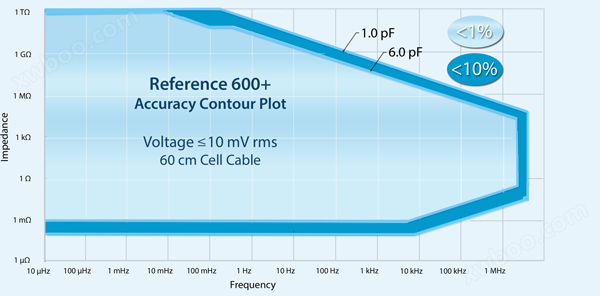Electrochemical Workstation Reference 600
Electrochemical Workstation Reference 600
Product details

Reference 600+
Reference 600+is a high-performance electrochemical testing system. It is suitable for research in physical electrochemistry, sensors, coatings, and corrosion.
Online inquiry


